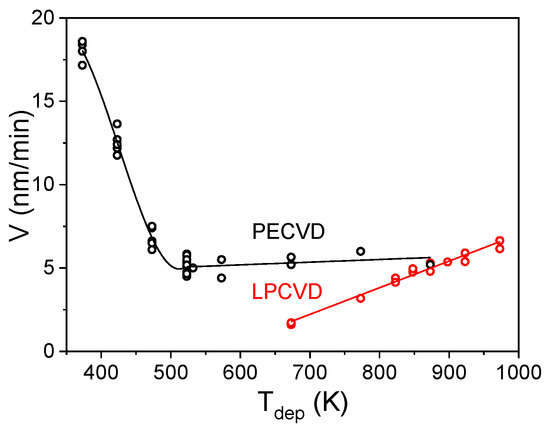Organic Corrosion Inhibitors and Protective Coatings
A topical collection in Applied Sciences (ISSN 2076-3417). This collection belongs to the section "Surface Sciences and Technology".
Viewed by 6567Editor
Interests: nanotechnologies; corrosion science; electrochemistry; polymer science; chemistry; coatings; sol–gel method; carbon fibers/nanotubes
Special Issues, Collections and Topics in MDPI journals
Topical Collection Information
Dear Colleagues,
Following the great success of the Special Issue “Advances in Organic Corrosion Inhibitors and Protective Coatings”, we have decided to launch a second edition, which will hopefully be as successful and provide as much insight as the first. The printed edition of the first Special Issue is available here.
The mechanical properties of metals and metal alloys, such as the ductility, strength, corrosion and wear resistance, etc., identify their performance under the application of different forces, and are determined by their internal structure, such as the crystal structure or grain size, as well as their chemical composition. Mechanical damage caused by the impact of solid particles is called erosion, while electrochemical damage resulting from chemical degradation is termed corrosion. The corrosion phenomena, to which every metallic substrate is subjected to, eventually result in the degradation of the metal and the deterioration of its properties; therefore, the corrosion control of metallic structures is an important task in technical, economic, environmental, and safety terms. Several types of corrosion inhibitors are currently being employed to prevent metallic dissolution in corrosive media, for which the use of organic inhibitors is one of the most frequent and economic methods, such as heteroatoms (O, S, N, and P) and π-electrons in the conjugated form, excellent for metals and alloys in aggressive solutions. These inhibitors can be incorporated into corrosion-protective coatings, which must offer an effective physical barrier capable of impeding the access of violent materials to the metal’s surface.
This Special Issue aims to attract all researchers working in this research field and collect new findings and recent advances in the development, synthesis, and structure–activity relationships of organic corrosion inhibitors and protective coatings. Research manuscripts, as well as a limited number of review manuscripts, are encouraged in the following areas:
- Acid gas corrosion;
- Aerospace corrosion;
- Atmospheric corrosion;
- Automotive corrosion;
- Coatings;
- Corrosion protection of drinking water systems;
- Corrosion and scale inhibition;
- Corrosion in oil and gas production;
- Corrosion in refinery and petrochemistry;
- Corrosion of steel in concrete;
- Corrosion under insulation;
- Marine corrosion;
- Mechanically assisted corrosion;
- Microbiologically influenced corrosion.
Dr. Ioannis Kartsonakis
Collection Editor
Manuscript Submission Information
Manuscripts should be submitted online at www.mdpi.com by registering and logging in to this website. Once you are registered, click here to go to the submission form. Manuscripts can be submitted until the deadline. All submissions that pass pre-check are peer-reviewed. Accepted papers will be published continuously in the journal (as soon as accepted) and will be listed together on the collection website. Research articles, review articles as well as short communications are invited. For planned papers, a title and short abstract (about 250 words) can be sent to the Editorial Office for assessment.
Submitted manuscripts should not have been published previously, nor be under consideration for publication elsewhere (except conference proceedings papers). All manuscripts are thoroughly refereed through a single-blind peer-review process. A guide for authors and other relevant information for submission of manuscripts is available on the Instructions for Authors page. Applied Sciences is an international peer-reviewed open access semimonthly journal published by MDPI.
Please visit the Instructions for Authors page before submitting a manuscript. The Article Processing Charge (APC) for publication in this open access journal is 2400 CHF (Swiss Francs). Submitted papers should be well formatted and use good English. Authors may use MDPI's English editing service prior to publication or during author revisions.
Keywords
- corrosion protection
- corrosion resistance
- electrochemistry
- films
- interfaces
- organic inhibitors
- self-assembly
- self-healing
- self-sealing
- smart coatings







